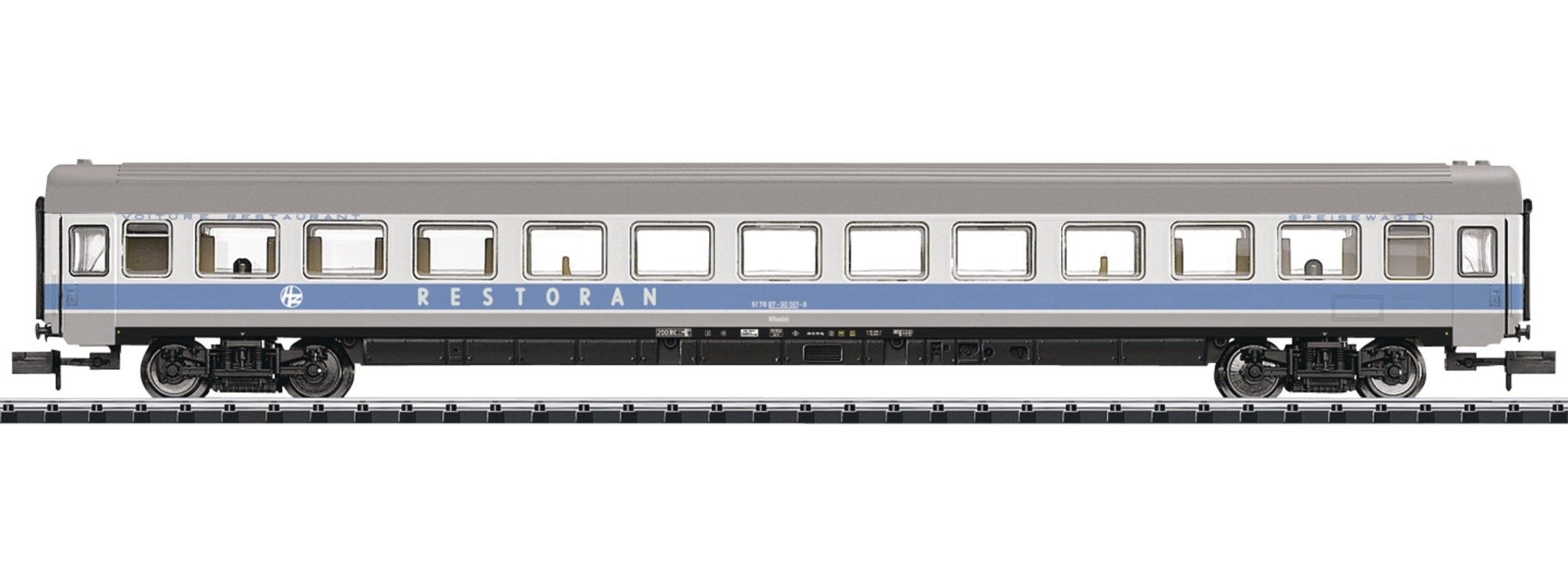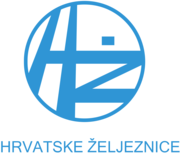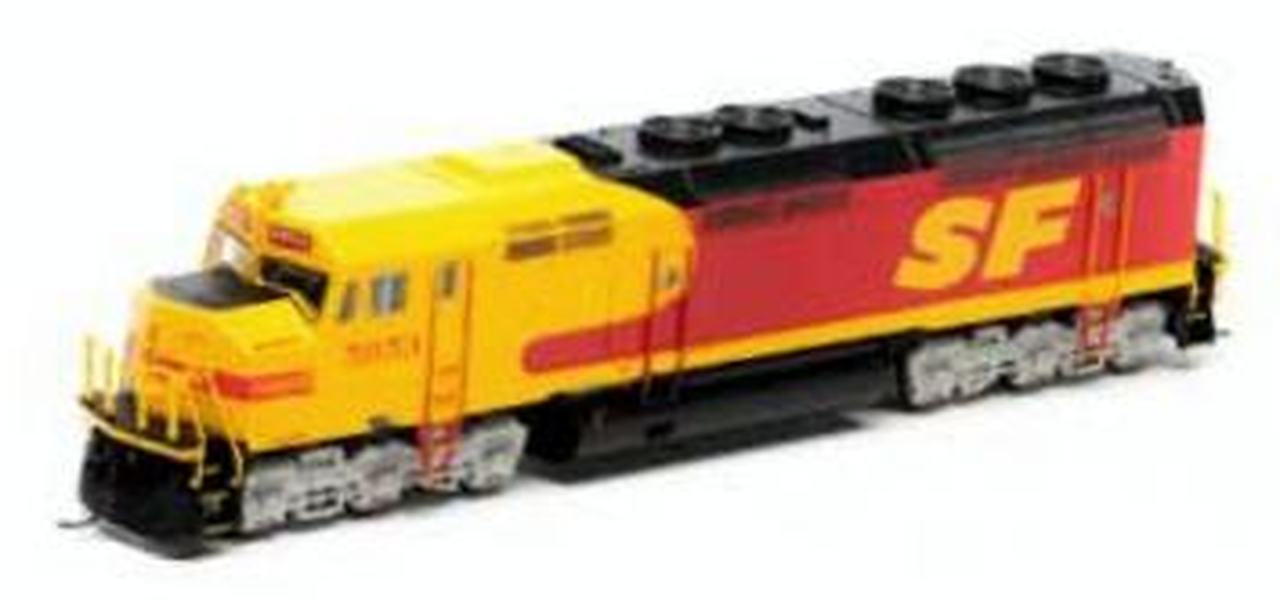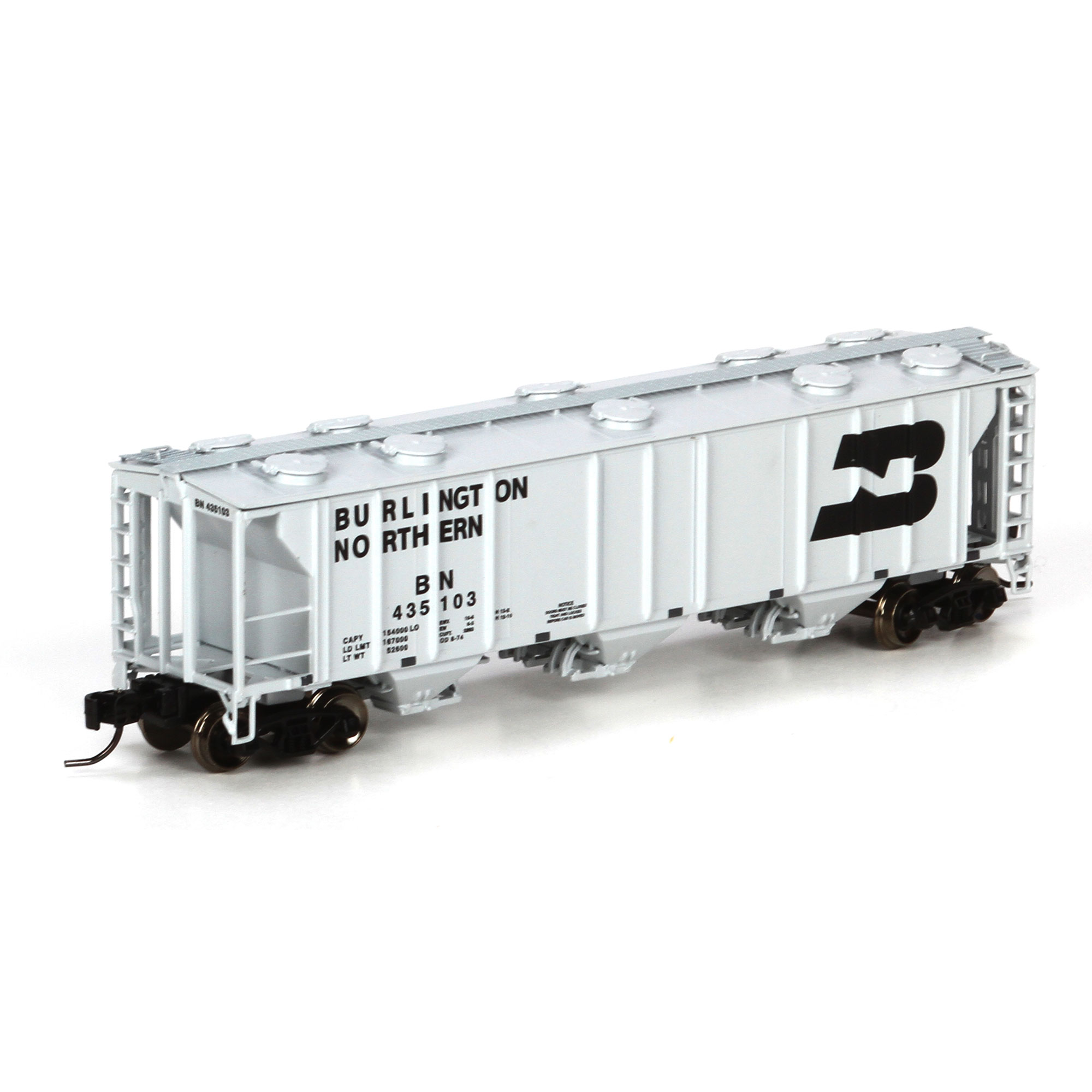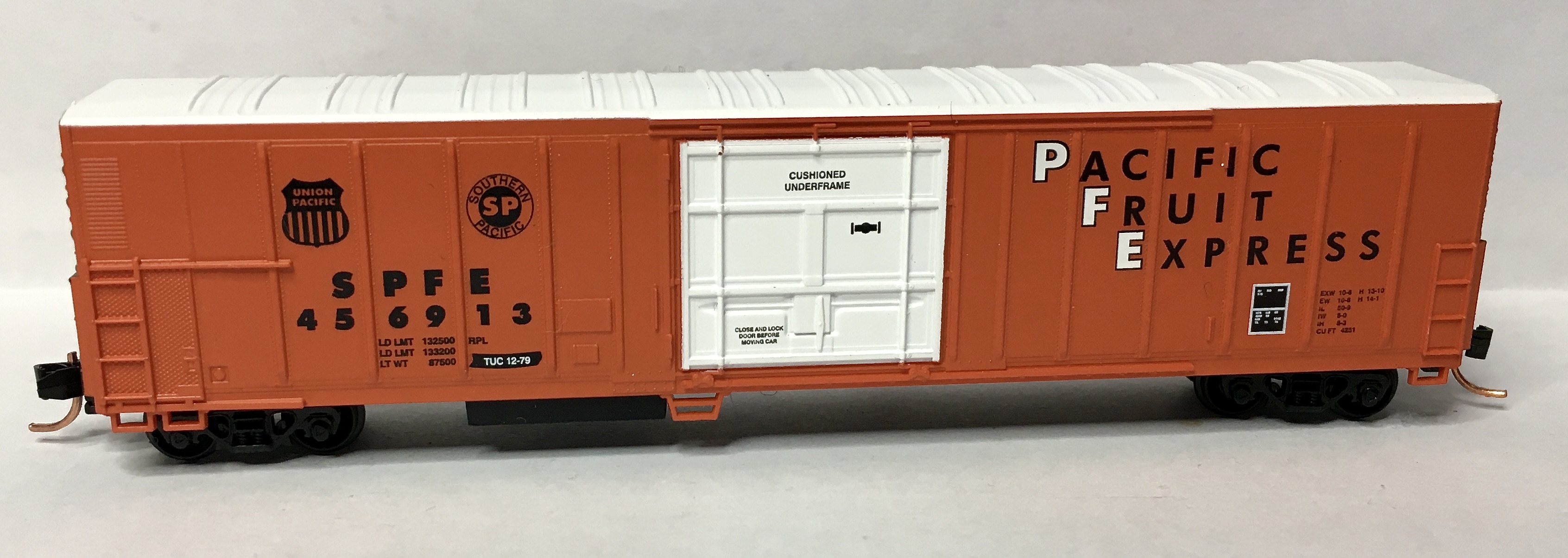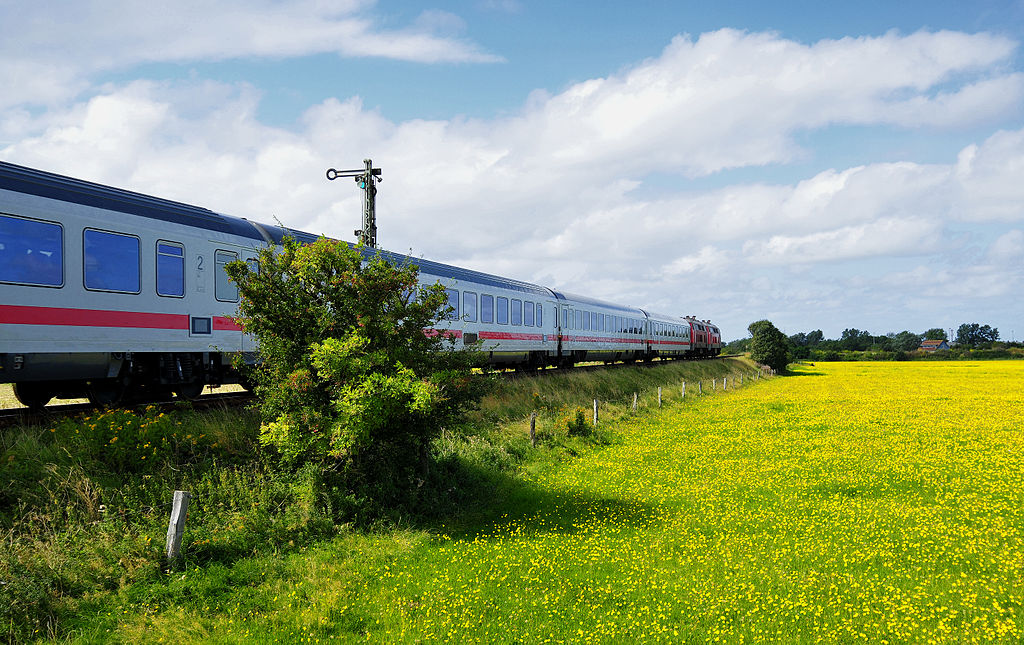Prototype History: The European wide standard computer-generated UIC lettering of all locomotives and cars marked the start of this era. This process extended over several years so that a mix of old and new lettering could be seen chiefly on the cars.
Road Name History: Croatian Railways (Croatian: Hrvatske željeznice or HŽ) is the national railway company of Croatia. Croatia is a member of the International Union of Railways (UIC). The UIC Country Code for Croatia is 78. The Croatian rail network carried 19.87 million passengers in 2017. The Croatian railway system consists of 2,974 km of rails (of which 248 km is double track). 1,228 km of track (41.3% of the network) is electrified. (End of 2004).
There are other routes to Slovenia, Hungary, Bosnia and Herzegovina and Serbia, as well as regular overnight trains to Austria and Germany (namely Bavaria). The network enjoyed a limited number of improvements in the 2000s, such as an increase in the maximum speed of the Zagreb-Novska-Vinkovci line: certain sections of the route have had witnessed a rise in maximum speed from 80 km/h to 160 km/h. Railway modernisation is set to be extended further, and a national 'railway investment plan' (with funding totalling over 18 billion HRK through 2012) was announced; following the 2008-09 financial crisis, however, the plan has yet to come to fruition.
There are other routes to Slovenia, Hungary, Bosnia and Herzegovina and Serbia, as well as regular overnight trains to Austria and Germany (namely Bavaria). The network enjoyed a limited number of improvements in the 2000s, such as an increase in the maximum speed of the Zagreb-Novska-Vinkovci line: certain sections of the route have had witnessed a rise in maximum speed from 80 km/h to 160 km/h. Railway modernisation is set to be extended further, and a national 'railway investment plan' (with funding totalling over 18 billion HRK through 2012) was announced; following the 2008-09 financial crisis, however, the plan has yet to come to fruition.
Brand/Importer Information: Trix is a German company that originally made Trix metal construction sets. one of its co-founders was Stephan Bing, the son of the pioneer toy-maker industrialist Ignaz Bing. In 1935 the company began producing the electrically powered model trains that it became famous for, under the Trix Express label. Prior to the outbreak of World War II the Trix company produced a small range of fairly unrealistic AC powered three rail models running at 14 volts.
N gauge models under the Minitrix brand were made from the late 1960s mostly of European prototypes (German and British primarily). North American prototypes were also manufactured and marketed under the Aurora "Postage Stamp" brand; later these items were sold under the American Tortoise, Model Power and Con-Cor brands. Trix sometimes utilized North American consultants to aid in the design of this portion of the product line. The "Hornby Minitrix' brand was used in the 1980s for a short lived range of British outline models using the earlier product tooling.
Trix's owner in the 1980s and 1990s was Mangold, which went bankrupt in the late 1990s and Märklin purchased the assets in January 1997. In part, this purchase was a reflection of Märklin's need for added production capacity; Trix had been manufacturing certain items for Märklin in previous years. The purchase was also in response to the earlier purchase of the Karl Arnold company by the Italian company Rivarossi; Märklin were very keen to take over Trix market share in 2-rail H0 and especially Minitrix, until then Märklin had not marketed N gauge models. In 2003, Märklin introduced its first N gauge models under the well established Minitrix brand. A number Märklin H0 scale three-rail AC locomotives have also been introduced in two-rail DC versions under the Trix logo and many models are shared between the two brands.
From Wikipedia
N gauge models under the Minitrix brand were made from the late 1960s mostly of European prototypes (German and British primarily). North American prototypes were also manufactured and marketed under the Aurora "Postage Stamp" brand; later these items were sold under the American Tortoise, Model Power and Con-Cor brands. Trix sometimes utilized North American consultants to aid in the design of this portion of the product line. The "Hornby Minitrix' brand was used in the 1980s for a short lived range of British outline models using the earlier product tooling.
Trix's owner in the 1980s and 1990s was Mangold, which went bankrupt in the late 1990s and Märklin purchased the assets in January 1997. In part, this purchase was a reflection of Märklin's need for added production capacity; Trix had been manufacturing certain items for Märklin in previous years. The purchase was also in response to the earlier purchase of the Karl Arnold company by the Italian company Rivarossi; Märklin were very keen to take over Trix market share in 2-rail H0 and especially Minitrix, until then Märklin had not marketed N gauge models. In 2003, Märklin introduced its first N gauge models under the well established Minitrix brand. A number Märklin H0 scale three-rail AC locomotives have also been introduced in two-rail DC versions under the Trix logo and many models are shared between the two brands.
From Wikipedia
Item created by: gdm on 2019-09-23 12:43:55
If you see errors or missing data in this entry, please feel free to log in and edit it. Anyone with a Gmail account can log in instantly.
If you see errors or missing data in this entry, please feel free to log in and edit it. Anyone with a Gmail account can log in instantly.


